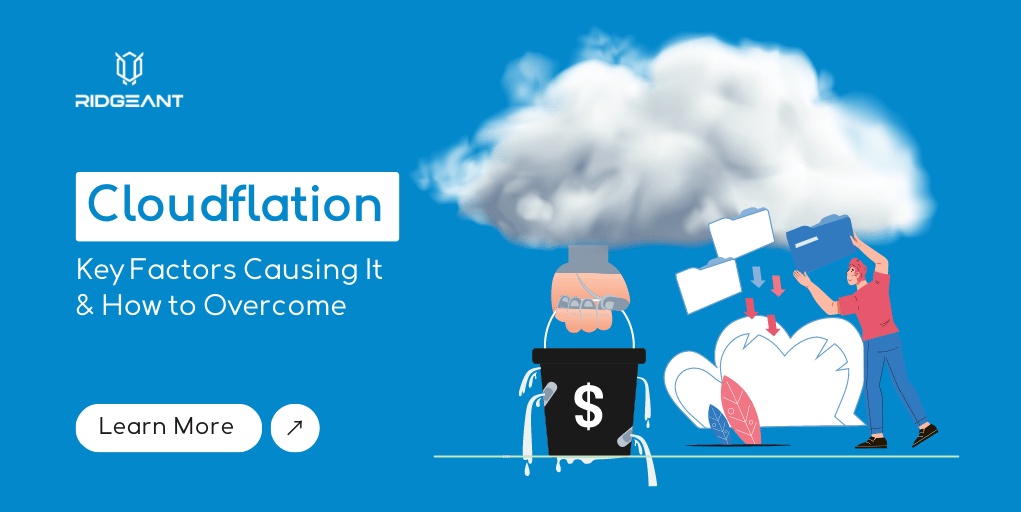Introduction:
In recent years, cloud computing has revolutionized the way businesses and individuals store, process, and access data. The flexibility, scalability, and cost-efficiency of cloud-based solutions have made them indispensable in various industries. However, as technology evolves, new trends emerge, and one such trend is "cloudflation." Cloudflation refers to the expansion of cloud capabilities beyond traditional infrastructure and services. In this blog post, we will explore the top five uses of cloudflation and how they are transforming the digital landscape.
The Top 5 Uses of Cloudflation
Edge Computing and IoT Integration:
One of the significant use cases of cloudflation is its integration with edge computing and the Internet of Things (IoT). Edge computing involves processing and analyzing data at or near the edge of the network, closer to where the data is generated. By combining edge computing with cloud services, organizations can achieve real-time data analysis, reduced latency, and improved efficiency. Cloud services can offload heavy computation tasks, provide centralized management, and enable seamless integration with edge devices, amplifying the potential of IoT applications across industries like manufacturing, healthcare, transportation, and more.
AI and Machine Learning Advancements:
Cloudflation has also catalyzed advancements in artificial intelligence (AI) and machine learning (ML). Cloud platforms provide the necessary computational power and storage for training complex models, making AI and ML more accessible to businesses of all sizes. With cloud-based AI services, organizations can leverage sophisticated algorithms, natural language processing, computer vision, and predictive analytics to gain valuable insights from their data. Cloud-based AI and ML models can continuously learn and improve over time, enabling businesses to make data-driven decisions, automate processes, and enhance customer experiences.
Serverless Computing and Function-as-a-Service (FaaS):
Serverless computing is another crucial aspect of cloudflation. It allows developers to focus on writing code without worrying about server management or infrastructure provisioning. Function-as-a-Service (FaaS) is a popular serverless computing model, where developers write and deploy functions that run in response to specific events or triggers. Cloud providers handle all aspects of scaling, managing, and maintaining the underlying infrastructure. This approach offers improved scalability, reduced operational costs, and faster time to market for applications. Developers can build event-driven architectures, microservices, and scalable backends using serverless computing, fostering innovation and agility.
Big Data Analytics and Cloud Storage:
Cloudflation has greatly influenced the field of big data analytics. Cloud platforms offer scalable storage solutions that can handle vast amounts of data, enabling organizations to efficiently store, process, and analyze their data. With cloud-based big data analytics tools, businesses can gain insights from structured and unstructured data, perform real-time analysis, and uncover patterns and trends. Cloud storage provides a cost-effective and highly available solution for data archival, backup, and disaster recovery. By leveraging cloud-based big data analytics and storage, organizations can make data-driven decisions, optimize operations, and gain a competitive advantage.
Hybrid and Multi-Cloud Environments:
Cloudflation has also spurred the adoption of hybrid and multi-cloud environments. Hybrid cloud combines private and public cloud infrastructure, allowing organizations to leverage the benefits of both. It offers flexibility, scalability, and security while maintaining control over sensitive data and applications. Multi-cloud, on the other hand, involves using multiple cloud providers for different workloads or applications. It reduces vendor lock-in, improves resilience, and enables organizations to choose the best services from different providers. Cloudflation has paved the way for seamless integration, management, and orchestration of hybrid and multi-cloud environments, empowering businesses to optimize resource allocation, improve performance, and enhance resilience.
Conclusion:
Cloudflation is driving innovation and transforming the digital landscape across industries. From enabling edge computing and IoT integration to advancing AI and ML capabilities, from fostering serverless computing to revolutionizing big data analytics and facilitating hybrid and multi-cloud environments, cloudflation offers limitless possibilities. By harnessing the power of cloud computing and embracing these cloudflation use cases, organizations can unlock new levels of efficiency, scalability, and competitiveness in today's data-driven world.


No comments yet